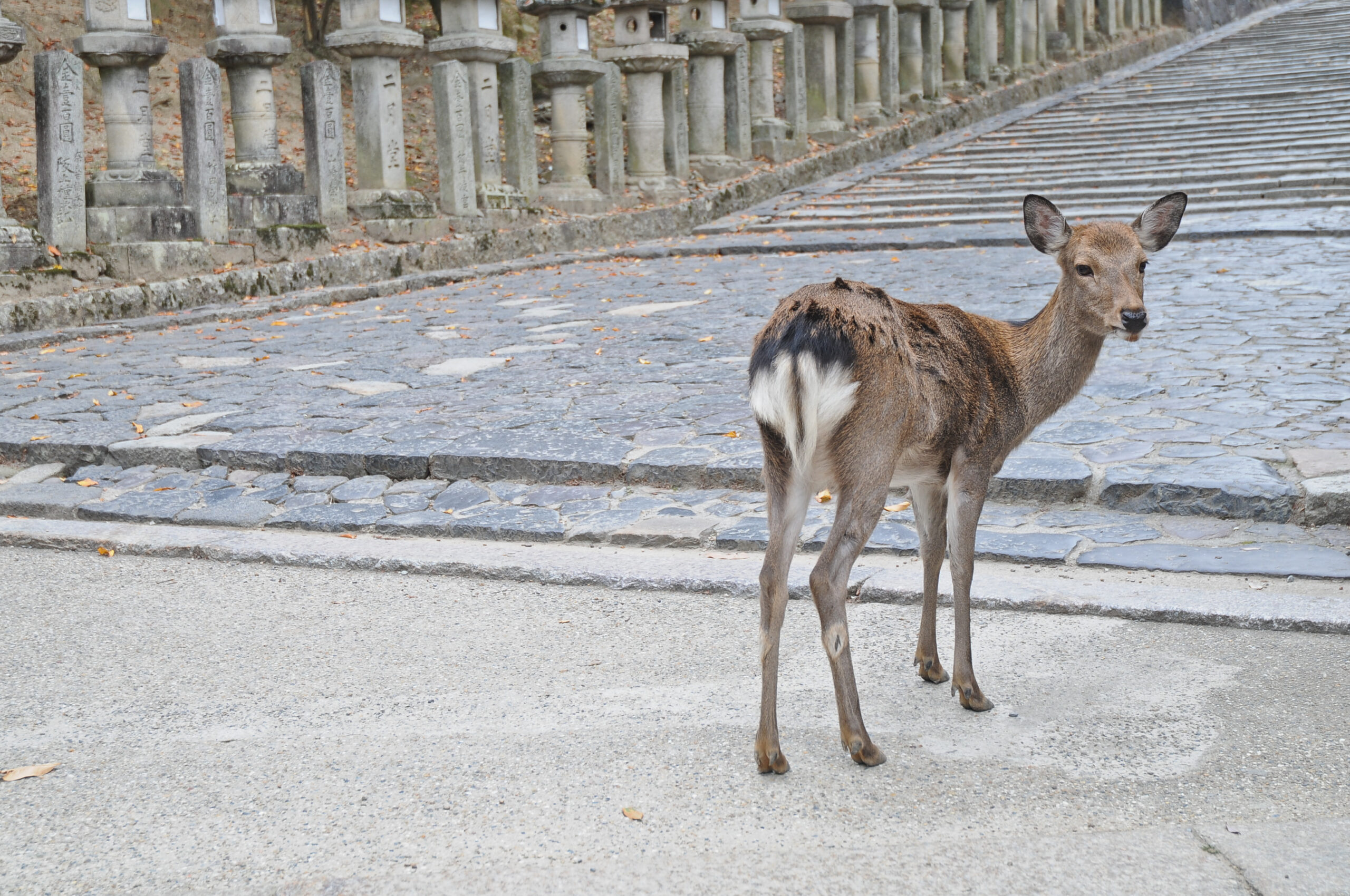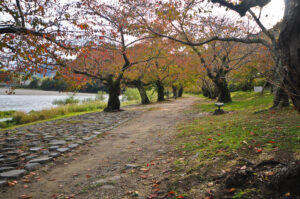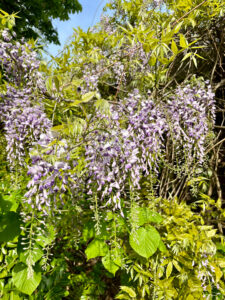Japan, an archipelago stretching over 3,000 kilometers from north to south, is a country of immense natural beauty and ecological diversity. From the snowy mountains of Hokkaido to the tropical beaches of Okinawa, Japan’s varied climate and geography have given rise to a rich tapestry of flora and fauna. This article takes you on an exploratory journey into the heart of Japan’s wild realms, showcasing the incredible biodiversity that thrives across its islands. From majestic mammals and vibrant birds to elusive reptiles, amphibians, and the teeming life in its waters, we delve into the wonders of Japan’s local wildlife, highlighting the importance of conservation efforts to protect these natural treasures for future generations.
Unveiling Japan’s Rich Biodiversity: An Overview
Japan’s biodiversity is a reflection of its unique geographical positioning and varied climates. The country is home to more than 90,000 species of wildlife, a number that continues to grow as new discoveries are made. This richness is partly due to the isolation of the Japanese archipelago, which has allowed many unique species to evolve away from mainland influences. The diversity ranges from the northern cold temperate zones, where coniferous forests prevail, to the subtropical regions in the south with their evergreen forests. Such ecological variety supports a wide range of habitats, each with its own distinct community of plants and animals. Japan’s commitment to conservation is evident in its numerous protected areas and the active role of local communities in preserving their natural heritage. This remarkable biodiversity not only contributes to the global ecosystem but also forms a fundamental part of the cultural identity and heritage of Japan.
Journey Through Japan’s Unique Ecosystems
Traveling through Japan’s ecosystems is akin to witnessing a live mosaic of the planet’s ecological diversity. In the north, Hokkaido’s taiga forests are a sanctuary for species adapted to the cold, such as the majestic Red-crowned cranes and the Hokkaido deer. Moving southward, the temperate forests of Honshu, Shikoku, and Kyushu showcase a colorful variety of flora and fauna, including the iconic Japanese macaque and the elusive Japanese serow. The warmer climates of these regions support a mix of deciduous and evergreen forests, providing rich habitats for countless species. Further south, the subtropical islands of Okinawa and the Ryukyus offer a completely different ecological landscape, with lush mangroves, coral reefs, and unique species like the Okinawa rail and the Iriomote cat. Each of these ecosystems plays a crucial role in maintaining the ecological balance, making Japan a living laboratory for conservation and biodiversity.
The Enigmatic World of Japanese Mammals
Japan’s mammalian inhabitants are as varied as its landscapes. The northern regions are home to the iconic Hokkaido brown bear, while the dense forests of the mainland shelter secretive creatures like the Japanese serow and the Asian black bear. Smaller mammals, such as the Japanese marten and the red squirrel, thrive in the country’s vast forested areas. Perhaps the most famous of Japan’s mammals is the Japanese macaque, or snow monkey, known for its winter visits to natural hot springs. The southern islands host a range of endemic species, including the Ryukyu flying fox and the Amami rabbit, showcasing the evolutionary uniqueness of Japan’s wildlife. These mammals not only contribute to the ecological diversity but also play integral roles in their respective habitats, acting as pollinators, predators, and prey.
Avian Wonders: Birdwatching Across Japan
Japan is a paradise for birdwatchers, boasting over 600 bird species, many of which are endemic or have their primary populations in the archipelago. The country’s varied climates and habitats serve as critical stopovers for migratory birds, making it an important part of the East Asian-Australasian Flyway. From the majestic Red-crowned cranes in Hokkaido, symbolizing luck and longevity, to the vibrant Okinawa rail in the subtropics, Japan’s birdlife is both diverse and spectacular. Wetlands, such as those in the Kushiro Marsh, provide sanctuary for millions of migratory waterbirds. Meanwhile, the dense forests are home to elusive species like the Japanese night heron and the Blakiston’s fish owl. Birdwatching tours and conservation programs offer visitors a chance to witness these avian wonders while contributing to their preservation.
Reptiles and Amphibians: Japan’s Lesser-Known Fauna
Beyond its mammals and birds, Japan’s array of reptiles and amphibians adds another layer to its biodiversity. The country is home to a variety of species, from the Japanese giant salamander, one of the world’s largest amphibians, to the delicate Ryukyu leaf turtle. These creatures are often found in the country’s streams, wetlands, and forests, playing critical roles in their ecosystems as both predators and prey. The Japanese pit viper and the Habu snake, found in Okinawa, are among the reptiles that contribute to Japan’s rich biodiversity. Conservation efforts are particularly important for these species, as their habitats are often threatened by human activity. Research and conservation programs aim to protect these vital creatures and their environments, ensuring they continue to thrive across Japan’s landscapes.
Aquatic Life: Exploring Japan’s Rivers and Seas
Japan’s surrounding seas and intricate network of rivers and lakes are teeming with life, hosting a wide range of aquatic species. The country’s marine biodiversity is particularly rich, with thousands of species of fish, corals, and mollusks inhabiting its waters. The Kuroshio Current, a warm ocean current that flows past the eastern coast of Japan, brings with it a diversity of marine life, including the migratory Pacific bluefin tuna and various species of whales and dolphins. Freshwater habitats are not to be overlooked, with iconic species such as the Japanese giant salamander and the nihon unagi (Japanese eel) calling these waters home. Efforts to conserve aquatic habitats, such as coral reef restoration projects and river clean-up initiatives, are crucial in preserving this aquatic biodiversity for future generations.
Insects and Arachnids: Japan’s Micro Wilderness
Insects and arachnids form the most populous segment of Japan’s wildlife, with tens of thousands of species contributing to the ecological balance. From the stunning variety of butterflies and moths in the Ryukyu Islands to the myriad of beetles that inhabit Japan’s forests, these small creatures play pivotal roles in pollination, decomposition, and as a food source for other wildlife. The country’s rice paddies, forests, and urban green spaces are alive with the buzz and flutter of insect life, highlighting the importance of even the smallest creatures in maintaining ecological harmony. Conservation efforts, including habitat preservation and pesticide reduction, are vital in protecting these often-overlooked members of Japan’s biodiversity.
Endangered Species: Conservation Efforts in Japan
Japan is home to several species that are considered endangered or critically endangered. The Iriomote cat, the Okinawa dugong, and the Japanese night heron are just a few examples of wildlife facing the threat of extinction. Habitat loss, pollution, and human encroachment are among the primary threats to these species. In response, Japan has implemented a variety of conservation strategies, including the establishment of protected areas, breeding programs, and environmental education initiatives. International cooperation, particularly in the case of migratory species, plays a crucial role in these conservation efforts. The survival of Japan’s endangered species is a testament to the ongoing struggle to balance human development with the need to preserve natural habitats.
Seasonal Wildlife Spectacles Not to Miss
Japan’s seasonal changes bring about remarkable wildlife spectacles that attract nature enthusiasts from around the globe. In winter, the gathering of Red-crowned cranes in Hokkaido offers a breathtaking view, while spring ushers in the mating dances of the Japanese crested ibis. Summer is the time to observe sea turtles nesting on the beaches of the Ogasawara Islands, and autumn provides the chance to witness the dramatic salmon runs in Hokkaido’s rivers. These seasonal events not only offer a glimpse into the lives of Japan’s wildlife but also underscore the importance of ecological and environmental rhythms in the natural world. Participating in guided tours and wildlife observation programs can provide insights into these seasonal wonders while supporting conservation efforts.
National Parks and Reserves: Wildlife Sanctuaries
Japan’s national parks and wildlife reserves are sanctuaries for the country’s diverse ecosystems and the creatures that inhabit them. From the rugged mountains of the Chubu Sangaku National Park to the coral reefs of the Kerama Islands National Park, these protected areas are crucial for conservation and research. They offer a refuge for endangered species and a living laboratory for scientists and conservationists. The management of these parks focuses on balancing public access with the need to protect and preserve natural habitats. Efforts to maintain the ecological integrity of these areas include habitat restoration projects, invasive species control, and sustainable tourism practices. These parks and reserves are not only vital for wildlife conservation but also serve as a reminder of the natural beauty and ecological diversity that Japan has to offer.
Eco-Tourism in Japan: A Sustainable Approach
Eco-tourism in Japan is a growing trend that offers a sustainable way to explore the country’s natural wonders while supporting conservation efforts. Eco-tourism initiatives focus on minimizing the environmental impact of travel, promoting conservation, and providing economic benefits to local communities. From guided nature walks and wildlife photography tours to sustainable lodging and cultural experiences, eco-tourism encourages responsible travel practices and a deeper appreciation for nature. By choosing eco-tourism options, visitors can contribute to the preservation of Japan’s natural habitats and the well-being of its wildlife, ensuring that these treasures remain for future generations to enjoy.
Future Prospects: Protecting Japan’s Wildlife Legacy
The future of Japan’s wildlife and natural habitats depends on ongoing conservation efforts and the fostering of a harmonious relationship between humans and nature. Climate change, habitat destruction, and the spread of invasive species pose significant threats to Japan’s ecological diversity. Addressing these challenges requires a multifaceted approach, including scientific research, community engagement, and international cooperation. The continued support for protected areas, along with sustainable land and ocean management practices, will be crucial in safeguarding Japan’s natural heritage. By prioritizing biodiversity and ecosystem health, Japan can ensure the survival of its unique wildlife and the ecological services they provide, leaving a lasting legacy for generations to come.
Exploring Japan’s diverse local wildlife offers a window into the rich tapestry of life that flourishes across this unique archipelago. From the snowy realms of Hokkaido to the tropical islands of Okinawa, Japan’s landscapes are alive with a stunning array of creatures, each playing a vital role in the country’s ecological narrative. Through conservation and sustainable tourism, we can contribute to protecting this natural heritage, ensuring that Japan’s wildlife wonders continue to inspire and enchant future generations. As we look to the future, the continued commitment to preserving these natural treasures will stand as a testament to the enduring beauty and resilience of Japan’s natural world.








